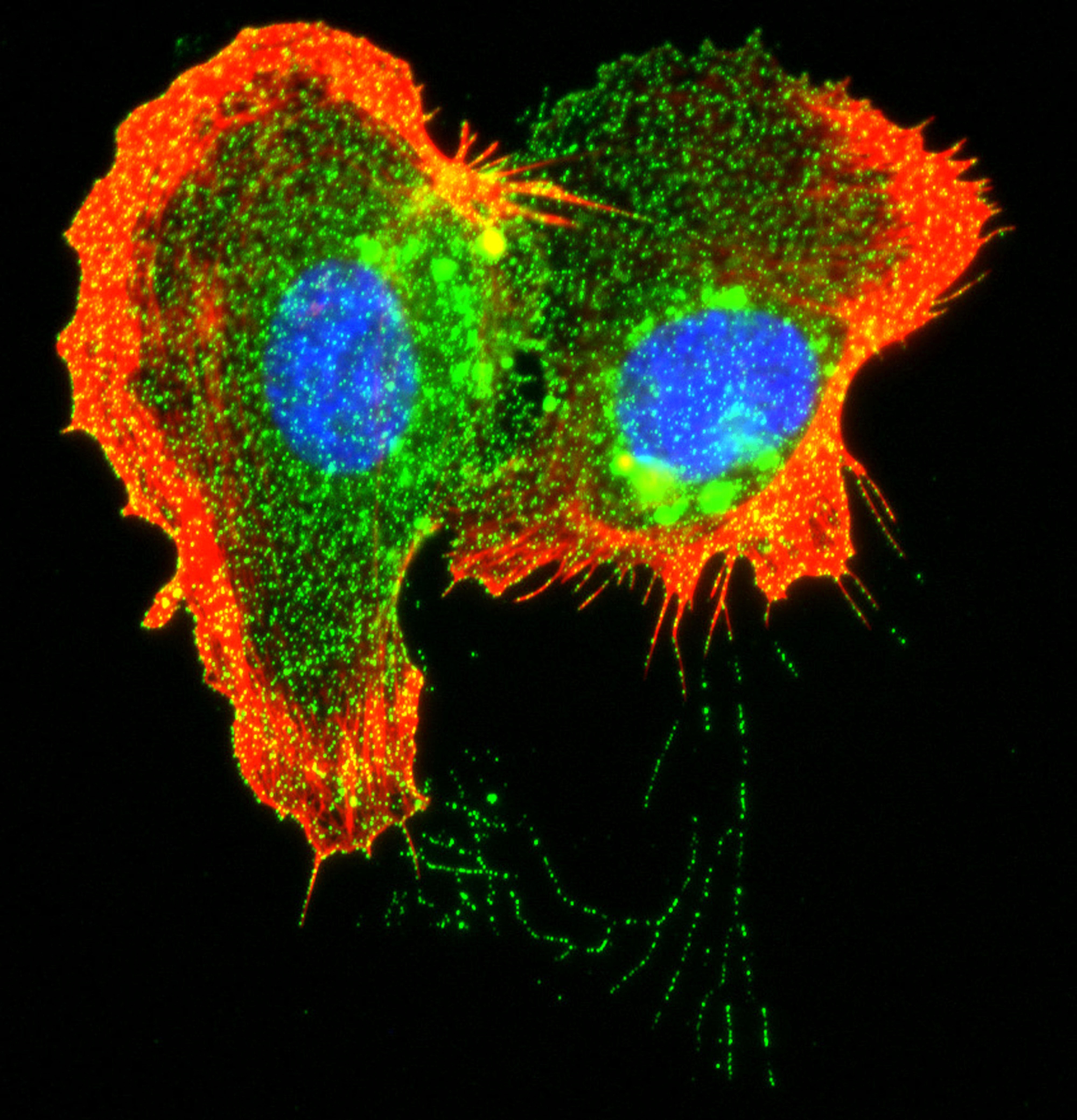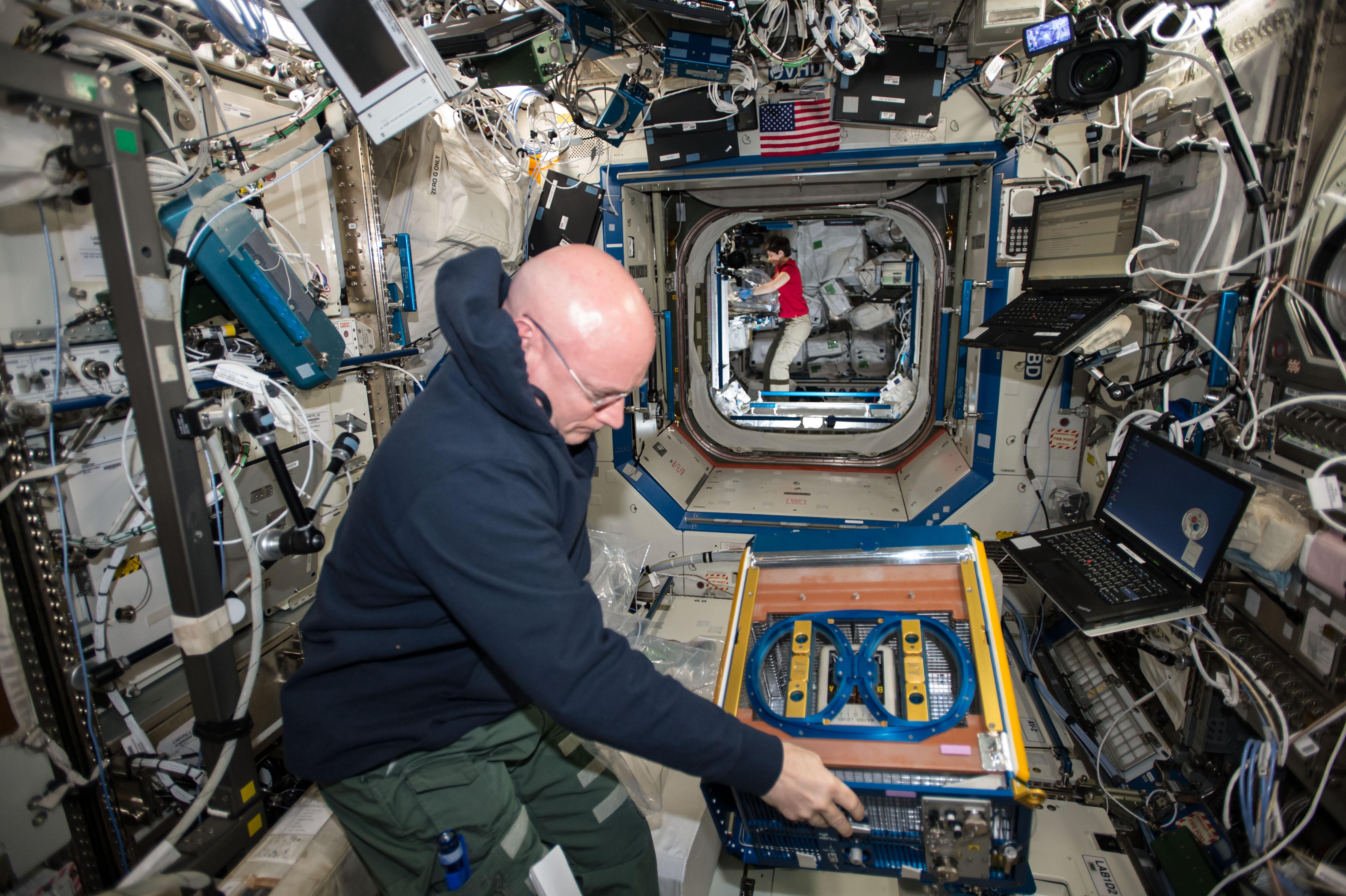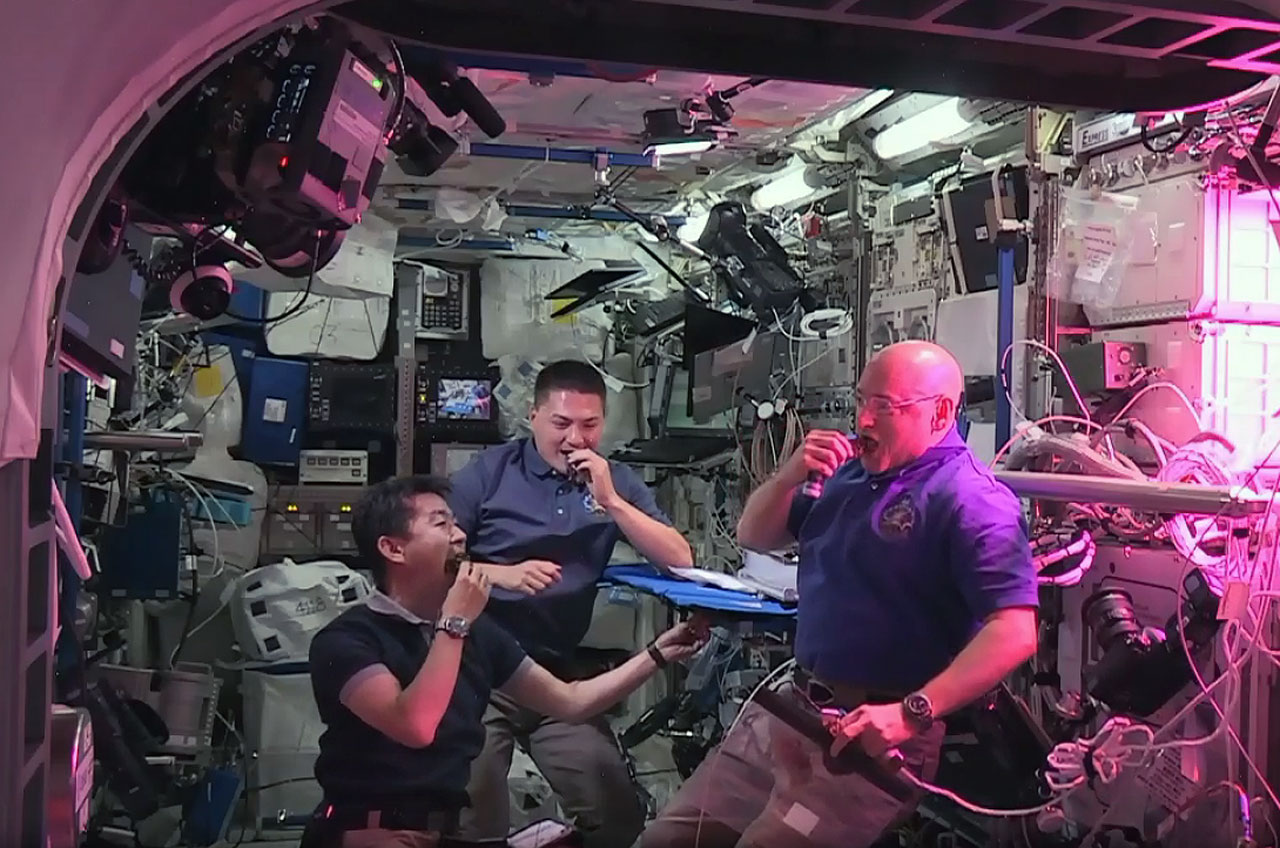Cancer-Fighting Drug, Algae and Mice Headed to International Space Station on SpaceX Dragon

SpaceX is targeting June 29 as the launch date for its next cargo resupply mission to the International Space Station. At 5:41 a.m. EST (0941 GMT), a previously used Dragon cargo ship will lift off from Cape Canaveral Air Force Station, ferrying a fresh batch of research experiments and supplies to the orbital outpost.
This flight will mark the 12th launch this year for SpaceX and its 15th overall cargo resupply mission. In a media teleconference on June 11, NASA provided a preview of the research payloads expected to be delivered to the station later this month.
"The research presented here today represents but a few of the hundreds of experiments that will be supported by this cargo resupply mission," David Brady, assistant program scientist for the International Space Station Program at NASA's Johnson Space Center, said during the teleconference. [The International Space Station: Inside and Out (Infographic)]
Here's a look at some of the weird science aboard the Dragon spacecraft, which includes a new cancer-fighting drug, a rodent research investigation and a look at how algae and bacteria react to the space environment. (Plus, they're sending a friendly floating droid ball.
Targeting tumors
Paul Jaminet, a former Harvard astrophysicist turned entrepreneur, and his chief scientist, Shou-Ching Jaminet, hope to test what could be a significant breakthrough when it comes to treating cancer. Their experiment, dubbed Angiex, explores how endothelial cells — meaning cells that line the blood vessels in the body — respond not only to microgravity but also to a novel tumor-targeting drug.
On the ground, the therapy has proven to be incredibly effective in mice. The drug not only targets tumors but also the blood vessels that support them. Much like healthy cells in cases of heart attack or stroke, when the blood vessels connected to a tumor die, the tumor dies along with it.
Despite its proven success, one the biggest concerns with the drug is safety. Because it targets both tumors and the blood vessels supporting them, the researchers want to make sure they don't damage healthy blood vessels in the process. "We very much want to cure people's cancer, but do not want them to go on to die from cardiovascular disease from our drug," explained Jaminet.
Get the Space.com Newsletter
Breaking space news, the latest updates on rocket launches, skywatching events and more!
One of the challenges is that there is no good in vitro cell culture model for blood vessels. So, to understand how blood vessels function, you have to do in vivo studies on live animals. "And you can't see inside the cells very well," Jaminet said. And that's where the space station comes into play — when this type of cell is grown in microgravity, it acts more like the ones in real blood vessels on the ground, according to the NASA project page.
Previous work has shown that endothelial cells do not grow very well in space. So, this experiment will further explore how endothelial cells grow in a microgravity environment and measure how those cells respond to the treatment.
"We will be treating these cells in space with our drug. We can see if the response to the drug is different in microgravity than it is on the ground," Jaminet said during the call. "And if it is, then that would be really interesting biology."
Adapting to space flight

As part of the CRS-15 mission, a crew of 20 brave moustronauts will fly to the space station in order to help researchers better understand the brain-gut connection. Researchers know that the population of bacteria in your gut has an impact on your overall health. As missions become longer and humanity ventures farther out into space, it's essential that we understand how spaceflight affects humans' microbiome.
Fred Turek and Martha Vitaterna, researchers from Northwestern University, are the principal investigators for theRodent Research-7 mission, which will explore how the space environment affects the community of microorganisms — dubbed microbiota — in the gastrointestinal tract of mice.
"It's hard to imagine how you can get excited about fecal samples," Vitaterna joked during the teleconference. "But believe me, we are really excited about fecal samples." She went on to explain that examining bacteria in fecal samples is a good way to map the types of bacteria that are in the gut itself.
This is the longest spaceflight experiment for rodents to date, allowing researchers to look at what the long-term changes are in response to spaceflight. But they're not just looking at the gastrointestinal tract's microbiome. They will also be looking at a variety of other physiological systems known to respond to or influence the response of the gut microbiome — like the immune system, metabolism and circadian rhythm, the latter of which drives sleep.
The researchers said they hope this study will provide a more comprehensive picture of how these different systems interact and how they respond to the space environment. [Why Do We Send Animals to Space?]
Future space food
As missions become longer, and we venture farther out into space, crews are going to need to be able to grow their own food. Doing so would cut down on the supplies they would have to bring, and it also has health benefits. With the addition of the Veggie plant growth chambers on the space station, NASA has a way to ensure that crews have access to fresh foods, which so far has consisted predominantly of lettuce.

But that may soon change after Mark Settles of the University of Florida sends a shipment ofSpace Algae to the orbiting outpost.
Why algae? In addition to being a potential food source, algae are also useful as a biobased feedstock (meaning the plant can be used in the manufacture of materials such as plastic and paper), the researchers said.
Algae are incredibly efficient at using low-intensity light conditions for photosynthesis — perfect for on-orbit growing. There's one major concern, however: Most species of algae grow best in liquid, but liquids don't behave the same in space as they do on Earth.
Settles explained that the crew will attempt to grow several strains of algae in breathable, plastic bags within the Veggie plant growth chambers already on board the space station. Live algae samples will be returned to Earth at the end of the mission, so the team can study and identify which genes help algae grow best in microgravity. By identifying the genes associated with more rapid growth, they hope to eventually engineer the algae for mass production in space. [Plants in Space: Photos by Gardening Astronauts]
More effective waste treatment
As part of theMicro-12 experiment, John Hogan and other scientists at NASA's Ames Research Center are sending a batch of Shewanella bacteria to the space station. Ubiquitous throughout the body, Shewanella bacteria pose no harm to the astronauts; they are commonly found in places like the digestive tract as well as on the surface of your teeth.
These organisms can grow on metal electrodes and convert organic waste (such as urine) to electrical power. Hogan said that research in microbial fuel-cell technologies, including work in his lab, is developing ways to treat wastewater while also making electricity to power that process.
This experiment not only will explore how Shewanella performs in microgravity, but also will analyze how biofilms — the format in which Shewanella will grow — react to the space environment. Thanks to a set of special cameras, the researchers will have access to a 3D view of the biofilm and can monitor any changes.
Why is NASA so interested in these organisms? Microbial fuel cells are an excellent way to treat wastewater. They can offset power needs by simultaneously producing electricity while processing waste. As humans embark on future long-duration missions, they will need a higher degree of self-sustainability. Microbial-assisted processes can help provide that, the researchers said.
Follow us @Spacedotcom, Facebook and Google+. Original article on Space.com.
Join our Space Forums to keep talking space on the latest missions, night sky and more! And if you have a news tip, correction or comment, let us know at: community@space.com.

Amy Thompson is a Florida-based space and science journalist, who joined Space.com as a contributing writer in 2015. She's passionate about all things space and is a huge science and science-fiction geek. Star Wars is her favorite fandom, with that sassy little droid, R2D2 being her favorite. She studied science at the University of Florida, earning a degree in microbiology. Her work has also been published in Newsweek, VICE, Smithsonian, and many more. Now she chases rockets, writing about launches, commercial space, space station science, and everything in between.









